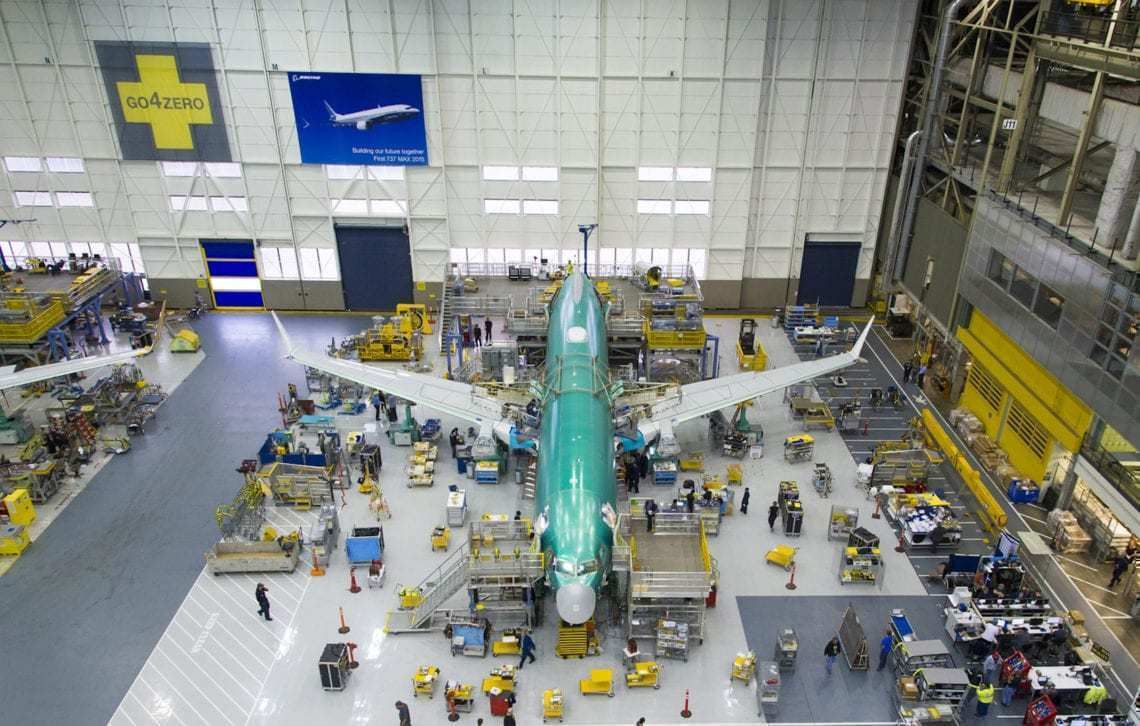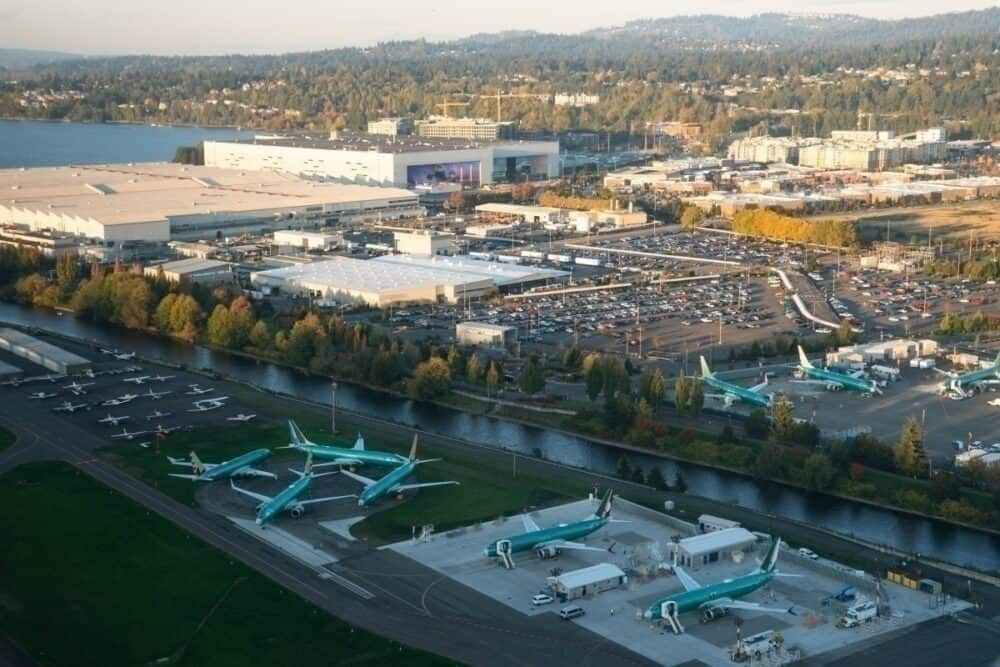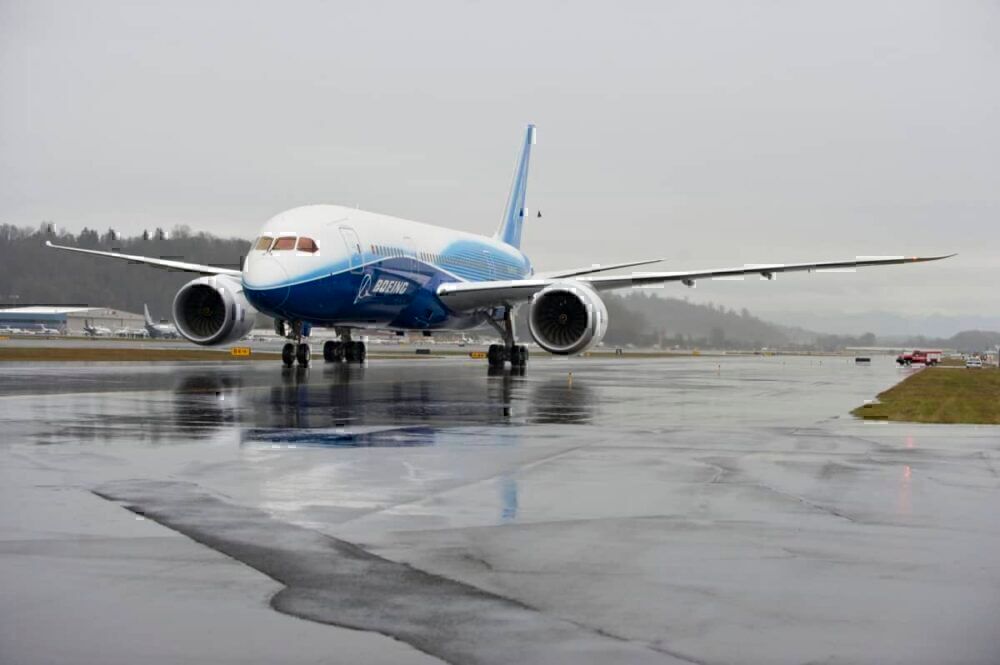In a letter to staff issued Wednesday, Boeing CEO Dave Calhoun outlined the company's prolonged adjustments to its aircraft production rate. As a result of the unprecedented downturn in global air travel, Boeing will reduce the manufacturing of the 737, the 777/777X, and the 787 even further than previously intended.
Its been a rough year and a half for Boeing. Of course, no company in commercial aviation has exactly flourished as a result of COVI-19. However, the impact of the pandemic on the manufacturer has been compounded by the grounding of its 737 MAX.
Further adjustments to align with market
Along with losses from order deferrals, delays, and outright cancelations, Boeing has paid substantial amounts to several airlines to cover damages incurred due to the MAX's flight ban. As a result, the company reported losses of $2.4 billion in its second quarter.
Stay informed: Sign up for our daily aviation news digest.
"The reality is the pandemic's impact on the aviation sector continues to be severe (...) This pressure on our commercial customers means they are delaying jet purchases, slowing deliveries, deferring elective maintenance, retiring older aircraft, and reducing spend — all of which affects our business and, ultimately, our bottom line," Mr Calhoun said in the letter seen by Simple Flying.
"To align to a smaller market, we lowered commercial production rates and took tough workforce actions throughout the quarter. Unfortunately, it's become clear that we need to make further adjustments based on the prolonged impact of COVID-19," the Boeing CEO continued.
Lower rates than previously indicated
The adjustments of which Mr Calhoun speaks have a significant long-term impact on the planemaker's production rate. While the company will "continue to assess them on an ongoing basis," the current plans are as follows.
Production of the 737 will ramp up more slowly than previously intended. Activity at Boeing's Renton factory will gradually increase to a rate of 31 per month by the beginning of 2022.
The company will reduce the combined 777 and 777X production to two per month in 2021. This is one less than Boeing communicated at the end of the first quarter. Unfortunately, this means that we won't see the first delivery of the new 777X until 2022, a year later than planned.
The 787 Dreamliner will also see its rate drop significantly. In the Q1 financial report, Boeing said it intended to maintain production of ten per month, for now, dropping to seven by 2022. However, according to the latest information, only six 787s will leave the factory every month in 2021.
In addition, the company is evaluating the most efficient way of making the Dreamliner, which could mean potential consolidation of production in one location. At the moment, there are two final assembly points, one at the Boeing Everett factory in Washington, and one at Boeing South Carolina.
Waving goodbye to the Queen
Furthermore, Mr Calhoun confirmed what those following the aviation industry has suspected for some time - that production of the iconic 747 will cease for good in 2022. However, Boeing will keep up the production rate of the freighter version until then, and continue to support 747 operations and sustainment "well into the future." Production rates of the military and freighter versions of Boeing's 767 will also remain unchanged.
Closing out the second quarter, Boeing's Commercial Airplanes had delivered a mere 20 aircraft and had a backlog of 4,500 jets valued at $326 billion.



